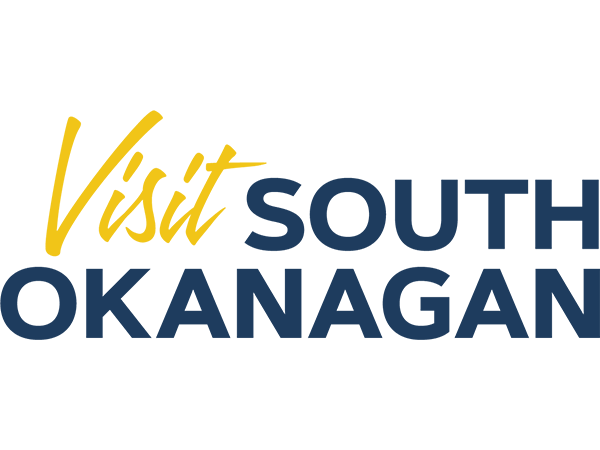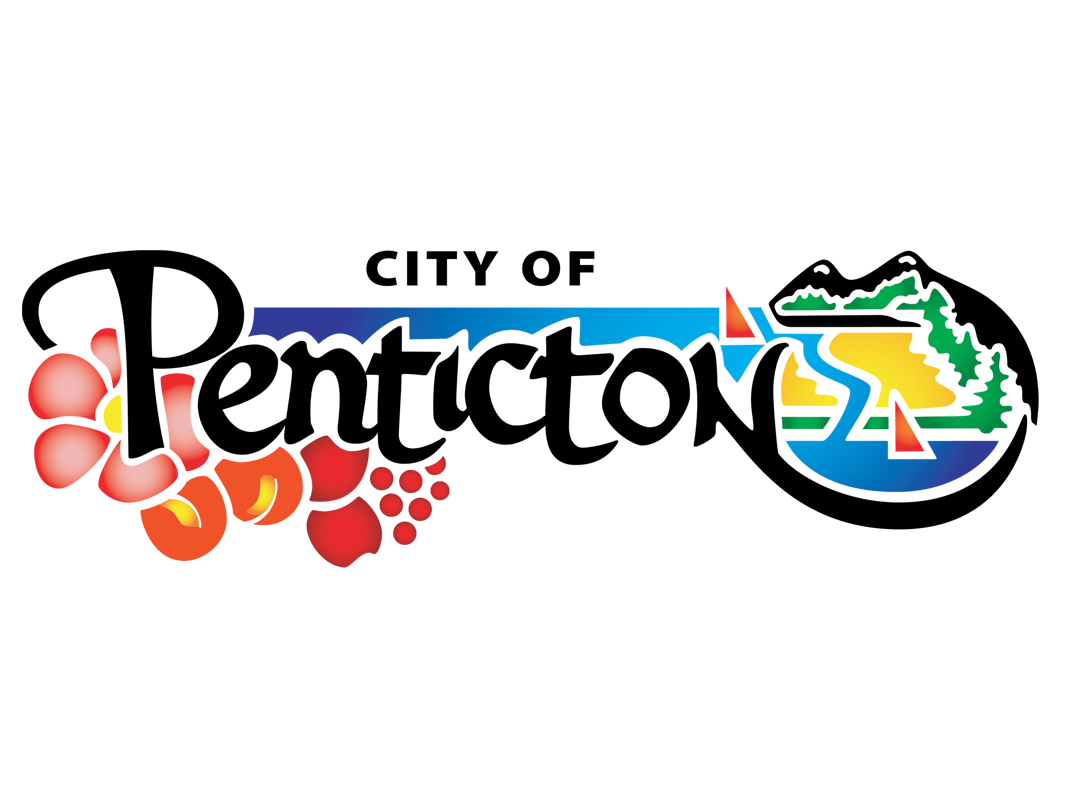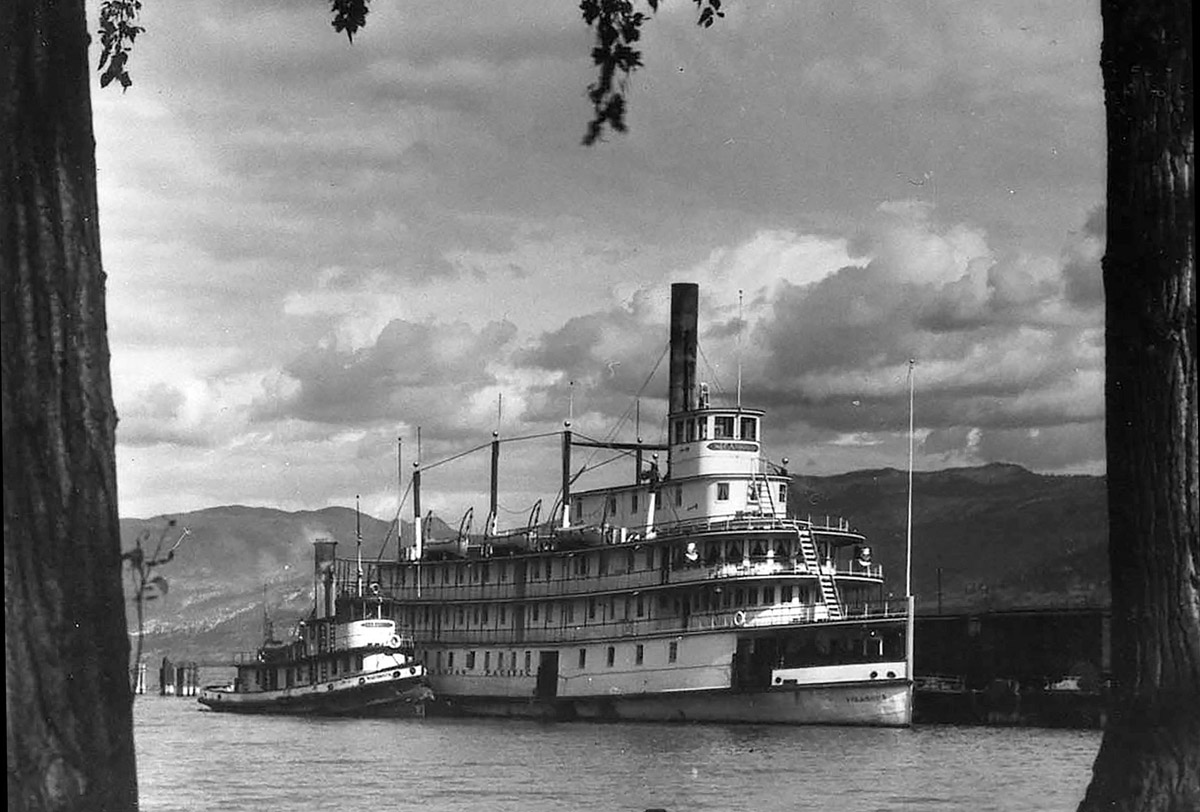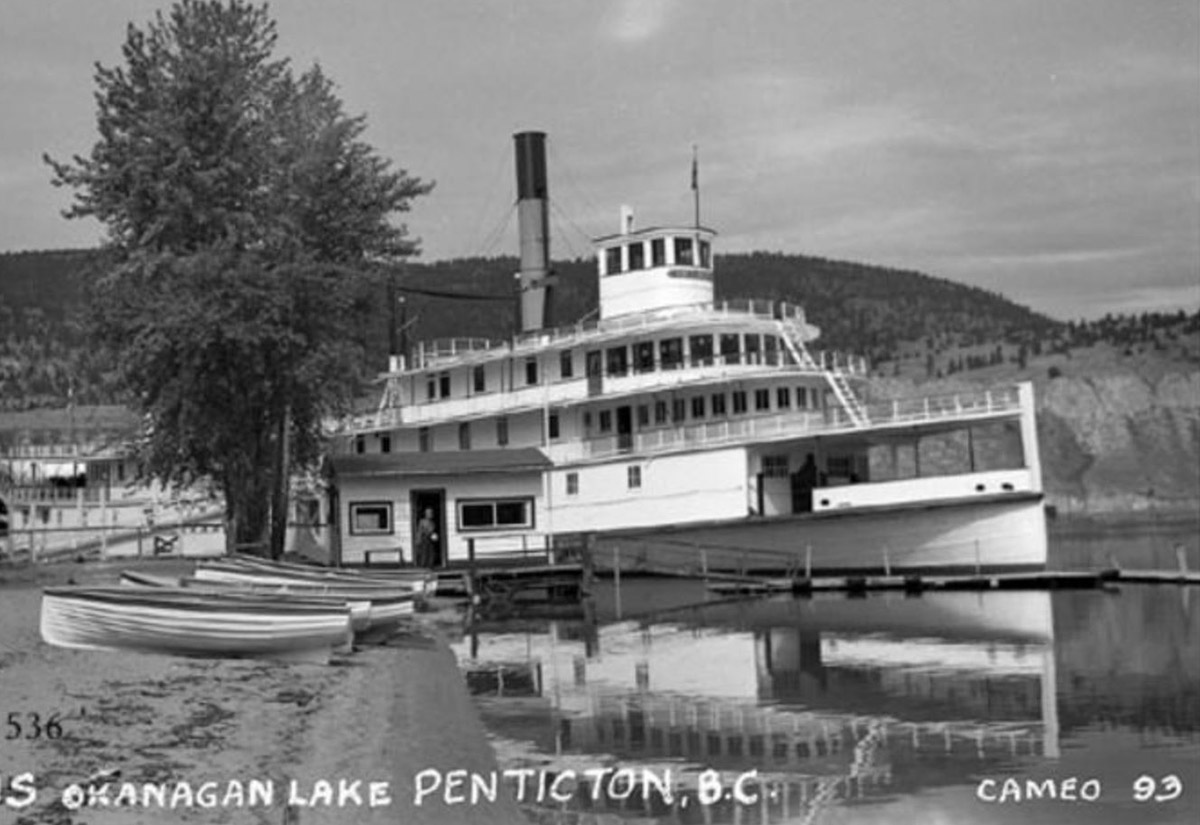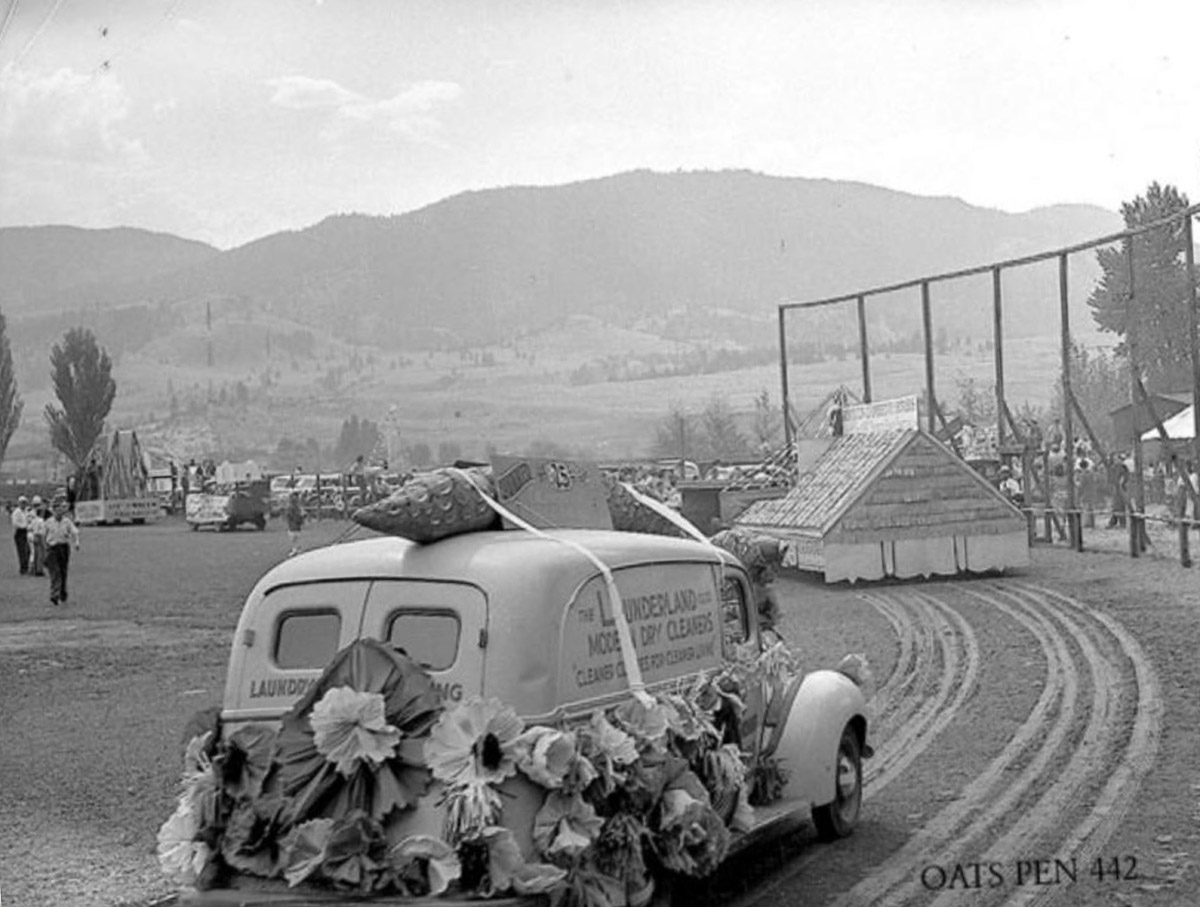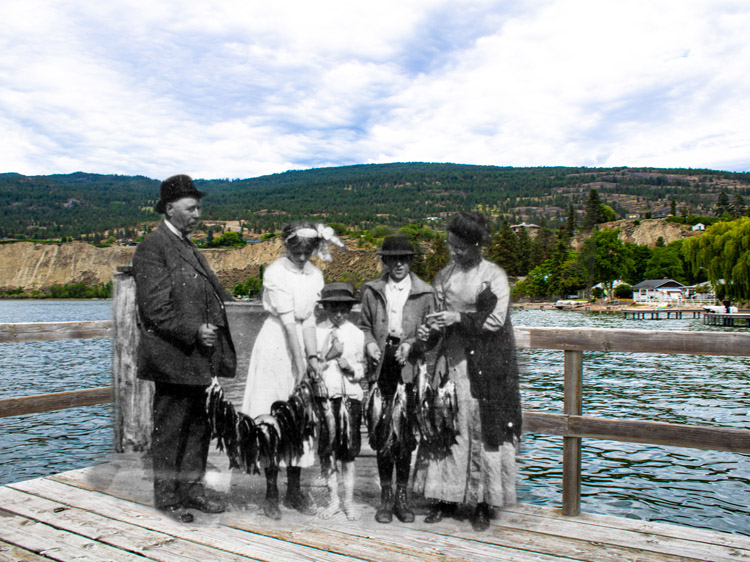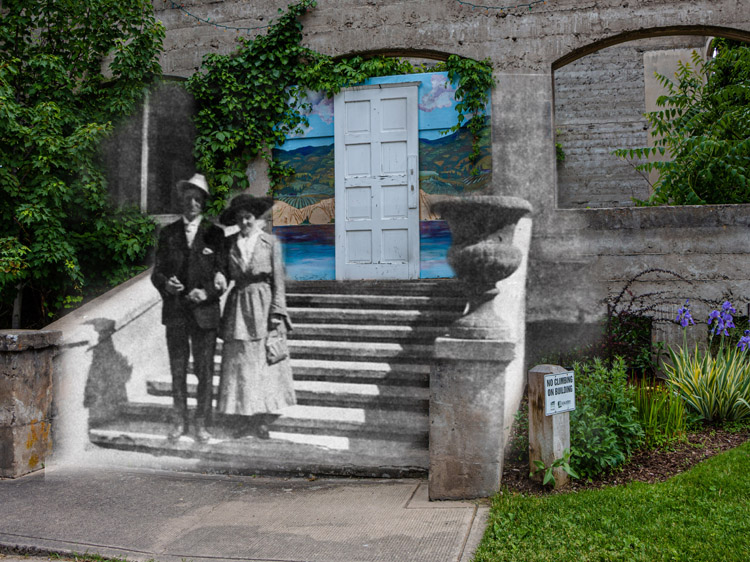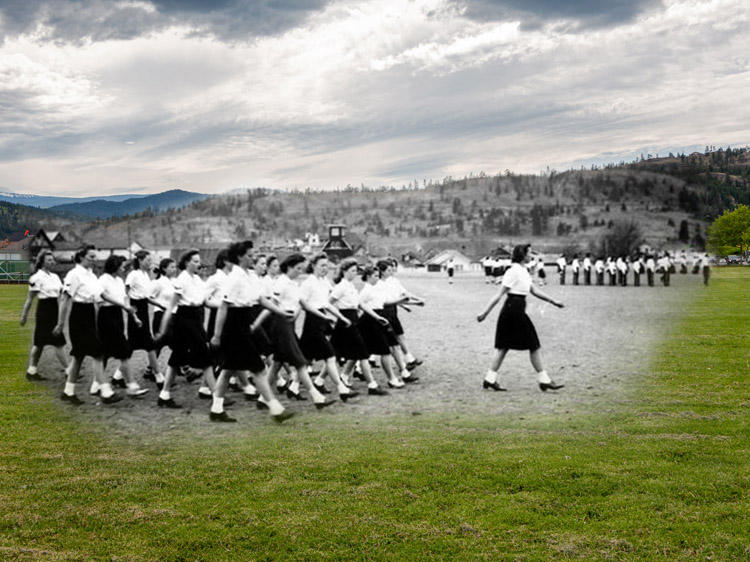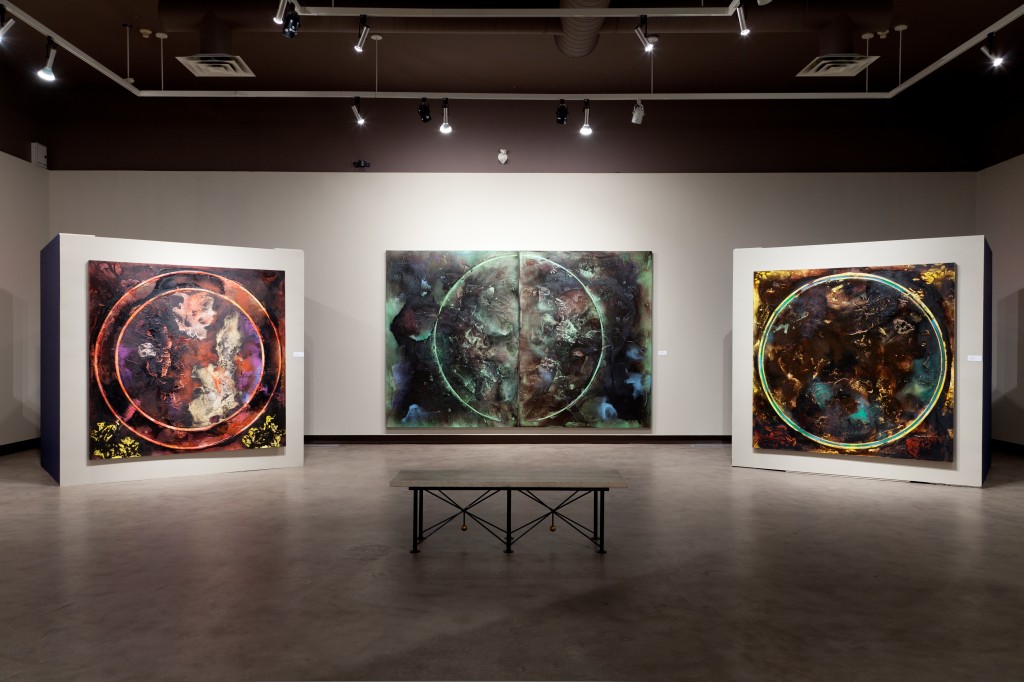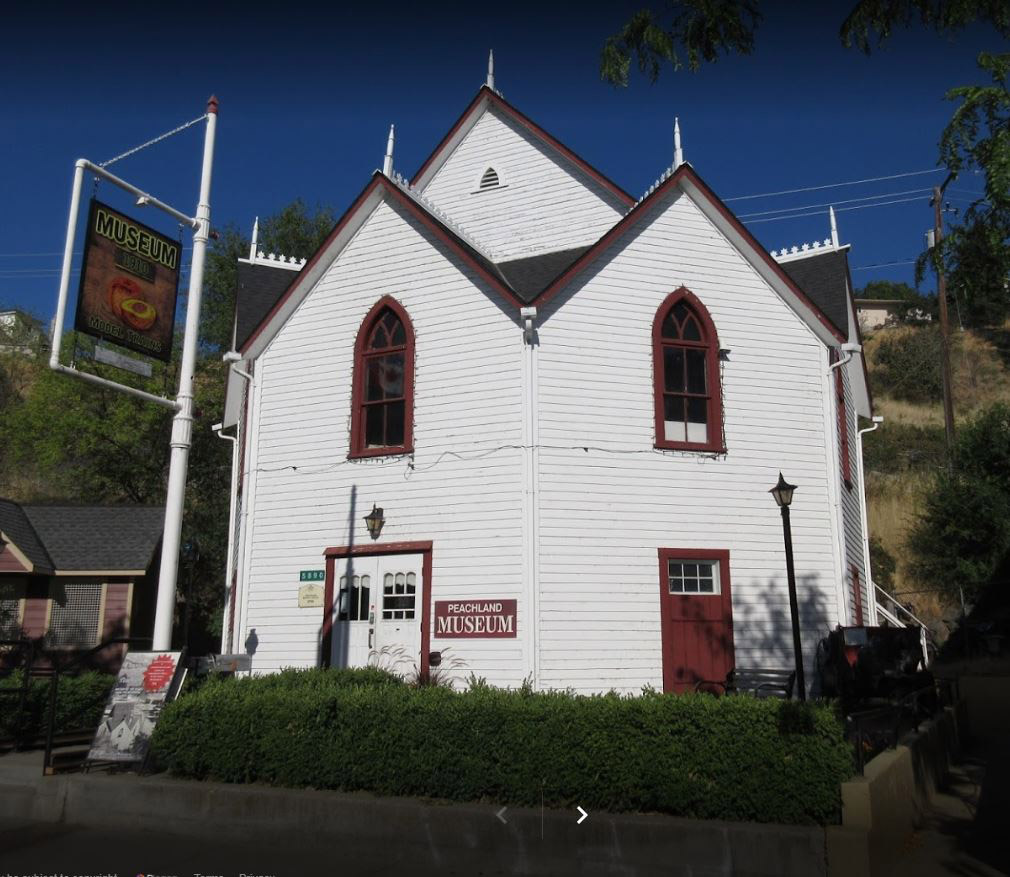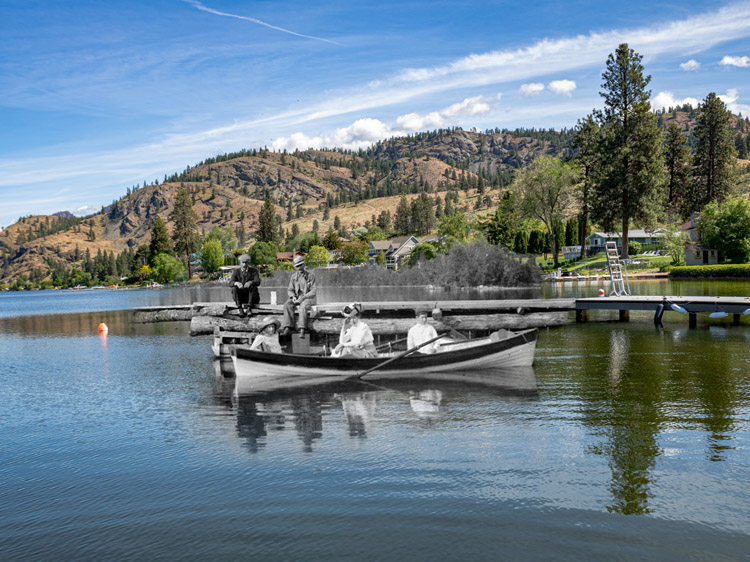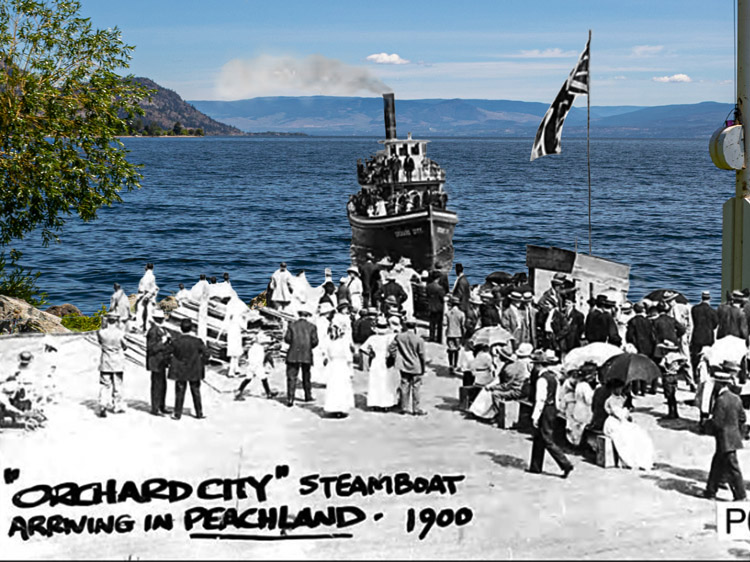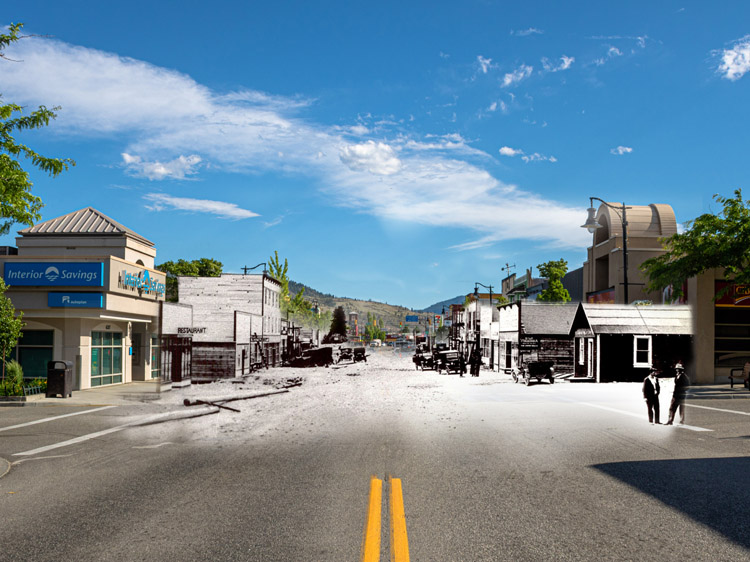Located in the sunshiney South Okanagan between Okanagan Lake and Skaha Lake, the city of Penticton is one of the only cities in the world to be nestled between two lakes. The area has been home to the Syilx Okanagan First Nations for millenia. The first European to settle in the area was Tom Ellis, an Irish immigrant who preempted land here in 1866 and went on to become known as the "Cattle King of the Okanagan". When Ellis eventually sold his land in 1892 and retired from ranching, developers laid out a small townsite on the shores of Okanagan Lake. Penticton was incorporated as a town in 1908, and soon grew into a thriving community with the arrival of the Kettle Valley Railway, the headquarters of which were located here. Today, the city is known for its orchards and vineyards, its event culture, and its long sandy beaches.
This project was made possible through a partnership with Visit South Okanagan, with support from Travel Penticton and the City of Penticton. We also thank the Penticton Lakeside Resort Hotel & Conference Centre for their support.
We respectfully acknowledge that Penticton is within the ancestral, traditional, and unceded territory of the Syilx People of the Okanagan Nation.
Explore
Penticton
Stories
By Waves and Rails
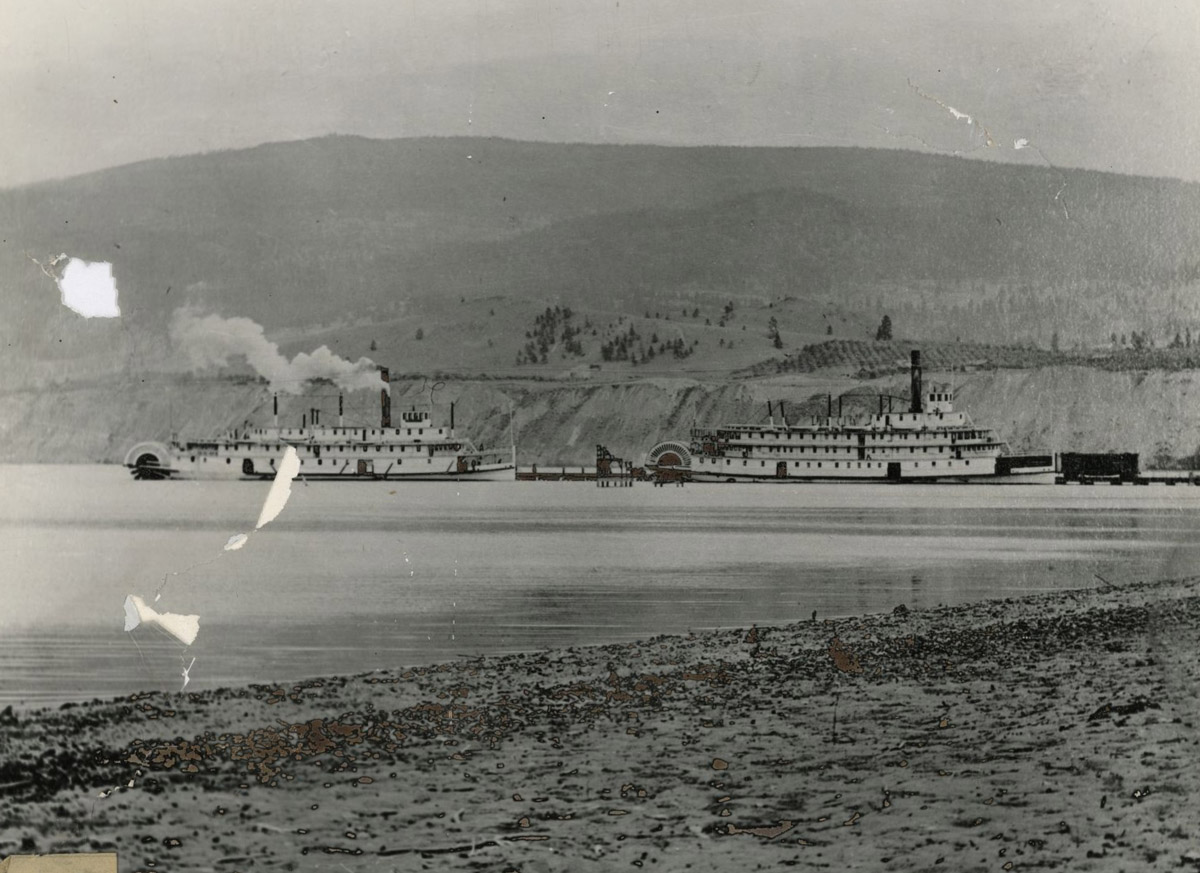
Like many Canadian towns, Penticton's early growth and prosperity was largely due to transportation. Yet unlike the many railway towns of Alberta, Penticton's role as a transportation hub included travel over the waves as well as the rails. In the late 19th and early 20th Centuries, transportation in the South Okanagan revolved around the lakes, which provided easy, reliable access to communities throughout the region. As such, Penticton's wharves, located at the far south end of the Okanagan Lake, became a place of bustle and business.
From Fruit to Wine: An Evolution
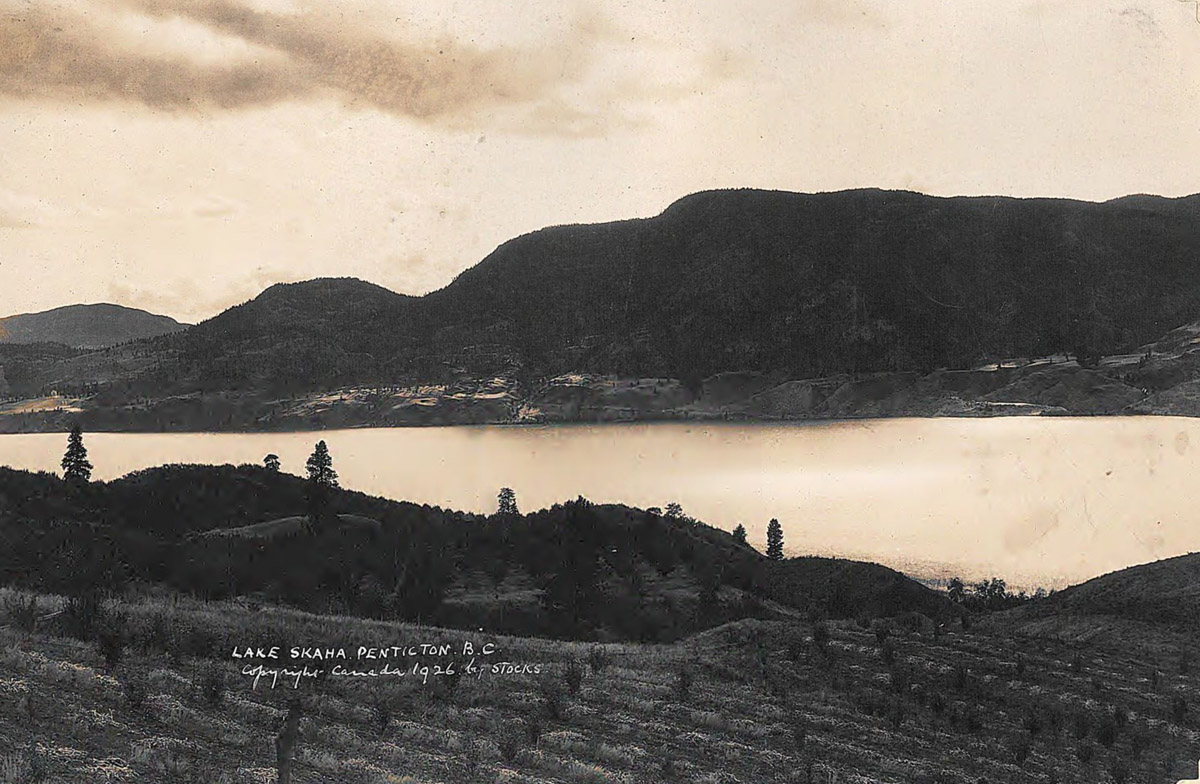
Today, the South Okanagan is known for its dozens of wineries, vineyards, and orchards. Many of its hillsides are covered with orderly lines of fruit trees and trellises interwoven with grape vines. Travellers from around the world come to enjoy wine tours and fresh cherries from roadside stands. But how did the Okanagan, with its desert-like ecosystems and grassy ranges covered in cactus, become the largest producer of fruit and wine in Canada?
Penticton's Event Culture
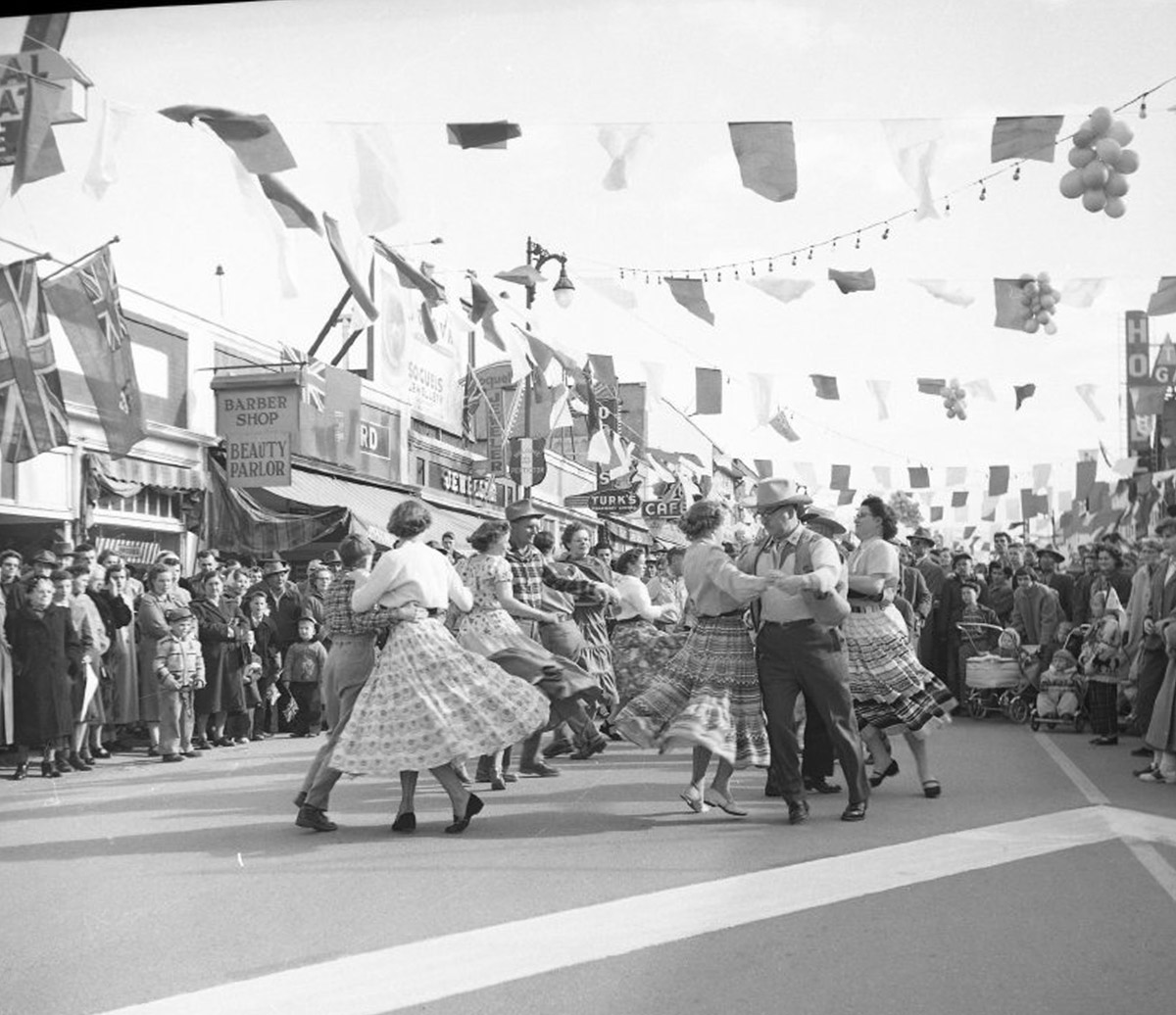
Ever since Penticton's early days, local events and celebrations have been a big part of the community. Events tied to agriculture and the outdoor landscape have taken place since the early twentieth century in Penticton, which is perhaps not surprising given the region's unique ecosystems and an economy which has always been based around agriculture.
Then and Now Photos
View from Vancouver Hill
Okanagan Archive Trust Society PEN 185
1907
This view of Penticton was taken in 1907 from Vancouver Hill, looking northwest towards the Okanagan Lake. The Penticton hotel is on the far right on the photo, with the Welby Barn to the left of it, and the town laid out beyond.
A General Store
Okanagan Archive Trust Society PEN 576
1906
The building in this photograph was a general store belonging to Alfred Wade, who was Penticton's first reeve. Note the wood plank sidewalks and the two men on horses farther down the street.
Main Street Looking North
Okanagan Archive Trust Society PEN 189
1911
This photograph from 1911 looks north down Main Street towards Okanagan Lake. An early car and a wagon travel down the road, and the Bank of Montreal is to the left of the street, with the Bank of Commerce on the right.
Steamships on Okanagan Lake
1914
This photo shows the steamships the SS Sicamous and the SS Okanagan in Okanagan Lake, with the Sicamous at the CPR wharf and the Okanagan astern. The SS Okanagan was constructed in 1907, while the SS Sicamous joined the CPR fleet in 1914. The vessels were an important part of Okanagan life, providing reliable, luxurious travel between otherwise isolated communities.
Sailboats on the Okanagan Lake
1915
This photograph from 1915 shows seven sailboats on the Okanagan Lake near Penticton.
Okanagan River Bridge
Okanagan Archive Trust Society PEN 203
1925
This photograph from 1925 shows the old lift span bridge which used to cross over the Okanagan River off of Lakeshore Drive.
The Incola Hotel
Okanagan Archive Trust Society PEN 020
1928
This photograph shows the Canadian Pacific Railway hotel, the Incola, which was situated near both the wharves and the railway station, making it an ideal spot for travellers to spend the night. At the end of Martin Street, you can see both the SS Sicamous and the Tug Naramata at the dock. Travellers bound farther north up the Okanagan Lake would often stay overnight at the Incola before boarding the SS Sicamous in the morning.
A View Over Lake Skaha
1926
This view over Skaha Lake shows young orchards growing in the foreground. Today, most of these hills are covered instead with the grapevines of vineyards and wineries.
The First Airmail
Okanagan Archive Trust Society AIR 112
1935
This photograph shows the first flight from Penticton which left for the purpose of delivering mail. The postmaster stands beside the plane, ready to hand his parcels to the pilot. The Air Mail Service division of Canada's postal service officially opened in 1929. Air mail cost five cents an ounce.
Main and the Three Gables Hotel
Okanagan Archive Trust Society PEN 666
1938
This photograph shows the 300 block of Main Street, looking north towards the lake. The Three Gables Hotel, on the left of the street, opened in 1933 and was in operation until it was destroyed by fire in 2000. Farther down the street is the Capitol Theatre, which was opened in 1937, just a year before this photo was taken.
Skaha Beach
Okanagan Archive Trust Society PEN 249
1940
This photo shows swimmers at Skaha Beach in 1940 enjoying the waters and sands of the lake shore.
Peach Festival Dancing
Penticton Museum Archives 2364
1948
This photograph shows a busy Main Street during Penticton's annual Peach Festival, as festival-goers dance in the street. The festival has been an annual event ever since 1948, taking place in August each summer.
Gyro Bandshell
Okanagan Archive Trust Society PEN 564a
1951
This bandshell was constructed in 1951 to replace earlier bandshells which stood in this place. The photo shows a concert taking place in the bandshell at night—an occurrence which is still common in the park today.
Construction of High School
Okanagan Archive Trust Society PEN 555a
1952
This high school building was under construction from 1949 to 1953, when it was completed. It was built to replace the first Eckhardt Avenue senior school, which had been built in 1935 and burned down in January of 1949 in a spectacular fire. The school in this photograph was demolish in 2008 and is now the location of a very large parking lot.
Aylmer Fruits Cannery
Okanagan Archive Trust Society PEN 801
1954
This photograph shows the Aylmer Fruits Canning Factory, which operated from the 1930s until the 1980s and was Penticton's main canning factory. The factory canned both fruits and vegetables and provided employment for many locals, but was eventually shut in the 1980s.



